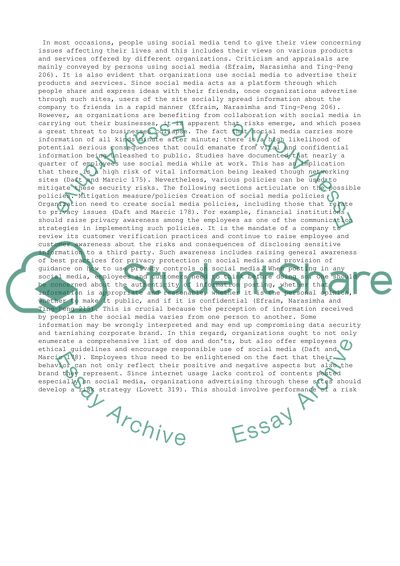Cite this document
(“Security Police and Social Media Use for Organization Research Paper”, n.d.)
Retrieved from https://studentshare.org/management/1453897-information-security-and-privacy-in-hris
Retrieved from https://studentshare.org/management/1453897-information-security-and-privacy-in-hris
(Security Police and Social Media Use for Organization Research Paper)
https://studentshare.org/management/1453897-information-security-and-privacy-in-hris.
https://studentshare.org/management/1453897-information-security-and-privacy-in-hris.
“Security Police and Social Media Use for Organization Research Paper”, n.d. https://studentshare.org/management/1453897-information-security-and-privacy-in-hris.


